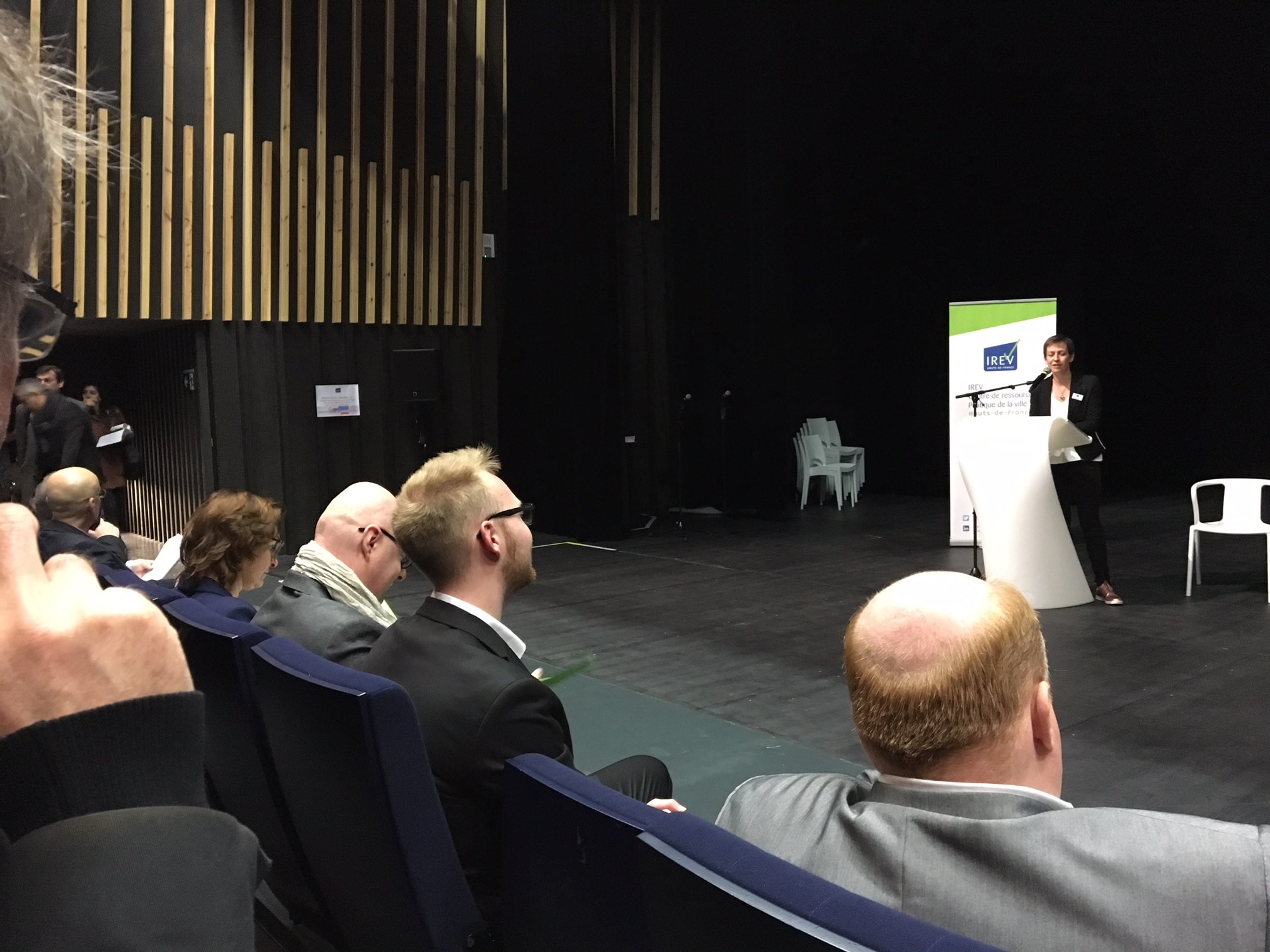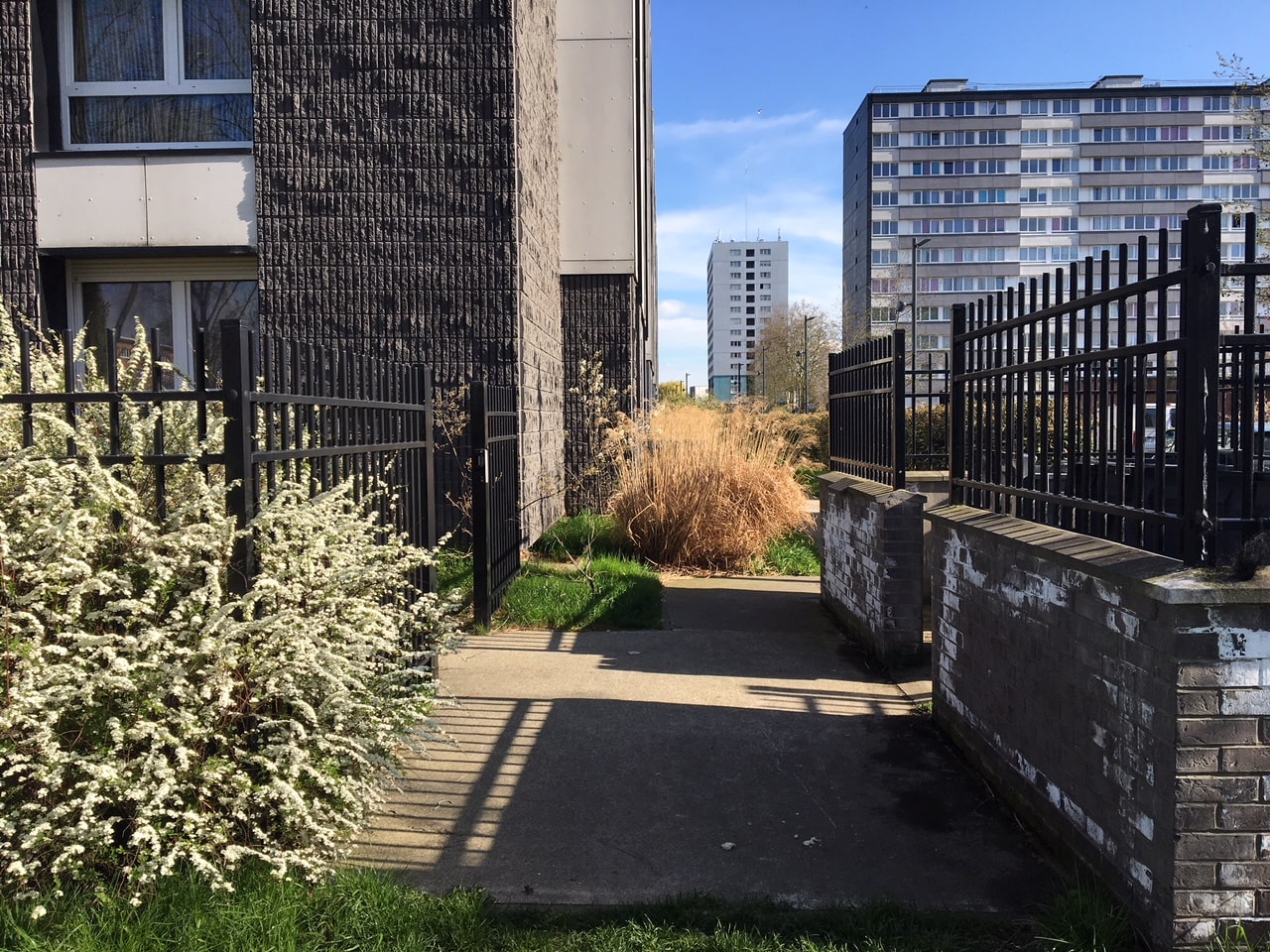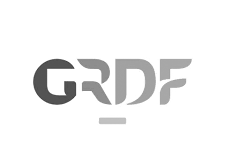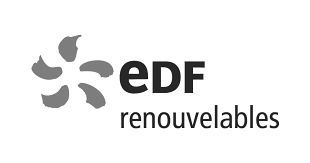"Euralens" label at the Pôle métropolitan de l'Artois in Lens and the Mission du Bassin Minier in Oignies, Haut de France
Following the development and organization of a competition to create a means for generating renewable energy in the form of a public artwork on the Plateau de Saclay, Ile-de-France, La Fabrique Terrestre presented a comparable project to the Mission du Bassin Minier.
THE MISSION DU BASSIN MINIER
Mr. Raphaël Alessandri, Director of Studies for "Land use and planning" and Ms. Sandrine Belland, Project Manager, “Trame vert et bleue”, Environment welcomed the association's team on May 29, 2018.
On the landscape front, the Mission had already carried out a study, as part of a partnership between the Mission Bassin Minier and the Ecole Nationale Supérieure d'Architecture et de Paysage de Lille. This study is part of a wider project for the school to set up a partnership chair in the Bassin Minier, bringing together various local players: institutional, private and members of civil society.
Mr. Alessandri clearly understood the need for a territory in which the competition could operate. He mentioned, for example, the possibility of meeting with the Lens-Liévin metropolis, given the stakes involved, which would position the process for a 10, 15 or 20-year forward-looking approach to the vast "buffer areas". A connection could also be made with a township on the scale of Loos-en-Gohelle, Harnes, Anzin or Henin. The commune of Sains-en-Gohelle or Saint-Amand-les-Eaux was possible because the delgates were convinced and committed.
During the meeting, it was mentioned that contact should be made with the 2 main social landlords, Maisons & Cités and the S.I.A. group, who were obliged to think about energy savings in their projects but manage this subject more as a constraint than an opportunity.
THE POLE METROPOLITAIN DE L'ARTOIS
A presentation of La Fabrique Terrestre and the competition methodology, adapted to the context and energy "web" of the Artois Metropolitan Cluster, was made to Mr. Benoit Brocq, who then suggested that our approach be addressed through the Euralens label.
Our LFT team understood that the Euralens label would help to promote original and innovative projects within its extended perimeter, to highlight heritage and landscape elements and to illustrate the territory's transformation in a useful way.
THE EURALENS LABEL
La Fabrique Terrestre proposed a series of workshops 4, 5 and 6 on the themes of renewable energy and untapped technical innovations. The idea was to use the model applied to Paris-Saclay in winter 2016, with a Forum that begins by creating a first circle of major players – with prior preparation and fairly broad recruitment: structures with active members, sponsors, local associations, Euralens project leaders.
The workshops proposed by LFT were centered around thematic clusters - renewable energy and its technical innovations - with a quasi-exhaustive approach and previously unexplored areas based on a data bank accessible to participants. Included in the workshops were calls from ADEME and SER to identify solutions, and invitations to research innovative technologies from competitive and excellence clusters.
Multi-disciplinary teams - landscape, architecture, engineering, design, agriculture, science – were to be formed around participants from higher education establishments, laboratories and research centers:
- Laboratories and Research facilities from the Université d’Artois (Arras, Béthune, Lens, Liévin, Douai),
- IUT Béthune, Université de Lille, Université Littoral Côte d’Opale, Université de Valenciennes and du Hainaut-Cambrésis, Université Catholique de Lille, Ecole Centrale Lille, IMT Lille Douai,
- CNRS, INRIA Lille Nord Europe, the Civil Engineering Laboratory and géo-Environnement, LGCgE,
- Cohérence Energies, TEAM2 : competitive cluster, cd2e
- ENSAP Ecole Nationale Supérieure d’Architecture and du Paysage de Lille, Villeneuve d’Ascq, ESAD Ecole Supérieure d'Art et de Design (Amiens, Valenciennes), POLE IIID Ecole Supérieure d’Infographie, Roubaix, RUBIKA Institut Supérieur du Design, Valenciennes
- Institut supérieur d’agriculture de Lille, Master production végétale and industrie agroalimentaire, master issued by the Université Picardie Jules-Verne d’Amiens, Lycées agricoles, PAIT Nord (59), PAIT Pas de Calais (62), PAIT Somme (80)
The proposed workshops were to be spread over a three-day period, under the guidance of the organizers, school supervisors and complementary prominent figures. The deliverables consisted of preliminary drafts for innovative concepts in the form of images and drawn plans. Following the workshops, a multi-disciplinary jury would meet to identify and award the best projects.
Once these projects have been awarded the Euralens label, they should receive support and additional engineering resources (Cedres Industries, Matikem), so that their quality and ambitions can be made operational, and given greater recognition and networking.
A new conference was proposed, as well as an open exhibition, with the aim not only of questioning public acceptance, but also of soliciting new partners and triggering a series of bilateral meetings to prepare for the implementation of certified projects in the region.
La Fabrique terrestre, aquatique et aérienne : Project team : Christina Ottaviano, Gilles Eeckhoudt, Gérard Peroceschi
Iconographic credits: DR, Droit Réservé, Christina Ottaviano, Gilles Eeckhoudt ;
https://WWW.missionbassinminier.org/la-mission-bassin-minier/presentation-de-lassociation
https://WWW.missionbassinminier.org/amenagement-urbanisme-environnement
https://polemetropolitainartois.fr
https://WWW.euralens.org/actions/la-mission-pole-metropolitain-de-lartois.html
https://WWW.euralens.org/projets/le-cahier-du-label-2017.html
https://polemetropolitainartois.fr/label-euralens-2023/
https://polemetropolitainartois.fr/wp-content/uploads/2024/06/Mag-PMA-2023-VDEF-web.pdf











